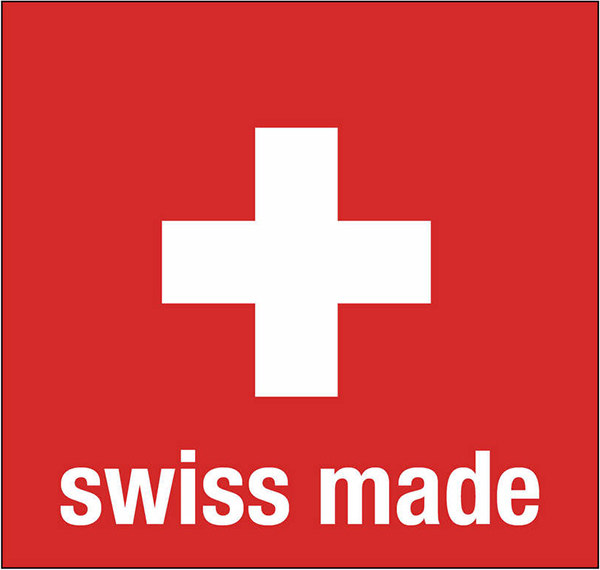
On January 1, 2017, a new regulation will go into place concerning what qualifies a watch as “Swiss Made.” You see, in the eyes of Swiss regulators and many consumers, previous regulations, which required at least 50% of a watch’s value to be realized in Switzerland have been abused by lower-cost manufacturers who have been producing watches that are, legally-speaking, “Swiss Made” without upholding the implicit manufacturing standards expected to go with it.
The new regulation comes at a time when the Swiss luxury watch industry finds itself at a critical impasse due to dynamically changing consumer demands in Asia and a volatile global economy, so the impact of any change to this industry will be felt more keenly than in a period of relative calm.
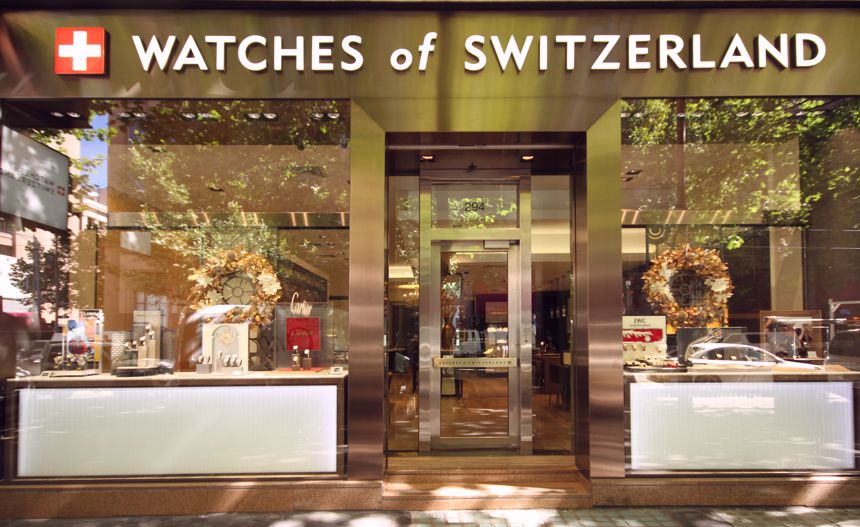
Previous Regulation
Currently, for a watch to be considered “Swiss Made,” all of the following must be true:
- Its movement is Swiss
- Its movement is cased up in Switzerland
- The manufacturer carries out the final inspection in Switzerland
A full report of the previous regulations can be found by downloading this report (PDF) from the Federation of the Swiss Watch Industry, but the major focus of this regulation is on the first bullet point. What makes a movement Swiss?
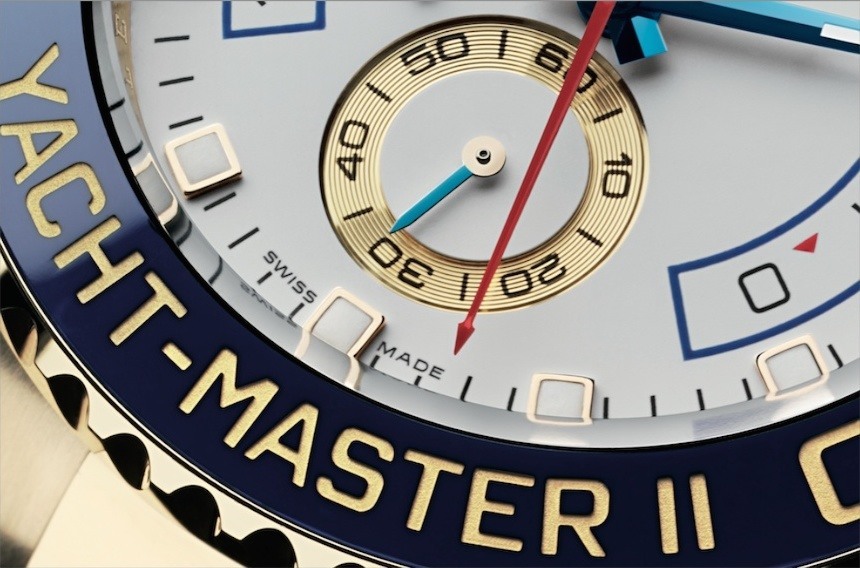
The Swiss Federal Council defines a movement as Swiss if all of the following are true:
- It has been assembled in Switzerland,
- It has been inspected by the manufacturer in Switzerland,
- The movement’s (not the entire watch’s) components of Swiss manufacture must make up for at least 50% of its value.
As David pointed out in his article on the new regulation back in late 2014, it is the third bullet point that is the most contentious. Lower cost manufacturers will purchase movement kits and key components from generally lower quality Asian manufacturers, then buy higher priced items in Switzerland (balance wheel, springs, mainspring, and jewels are most common), hitting the 50% mark for value of components of Swiss manufacture.

New “Swissness” Regulation
The new “Swiss Made,” or “Swissness” regulation was adopted by parliament back on June 21, 2013 – following some six years of discussions and debates – and changes the third bullet point about the Swiss movement to the following:
- At least 60% of the production costs of a watch taken as a whole must be Swiss-based.
- The movement must still contain at least 50% Swiss-made components in value (not in quantity) and at least 60% of the movement’s production must be generated in Switzerland.
- Last but not least, it also specifies that the technical development of a “Swiss Made” watch and movement must be carried out in Switzerland. Smart watches are also included for the first time.
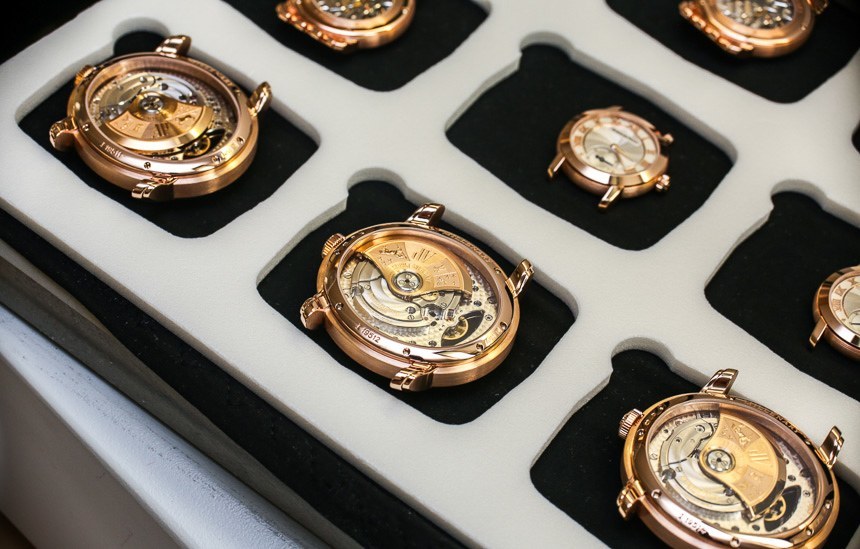
As was mentioned in the beginning of the article, the new regulations will be in effect from January 1, 2017, but that doesn’t mean that starting in the new year every watch at your local retailer will abide by these regulations. All watches produced until the end of this year will be allowed to be distributed until December 31, 2018. Cases and crystals in stock at the end of this year will be allowed to be used in production until the end of 2018, without having to be included in “The 60% Rule.” Watches and movements not developed in Switzerland and produced until the end of 2018 can remain in circulation until the end of 2020.
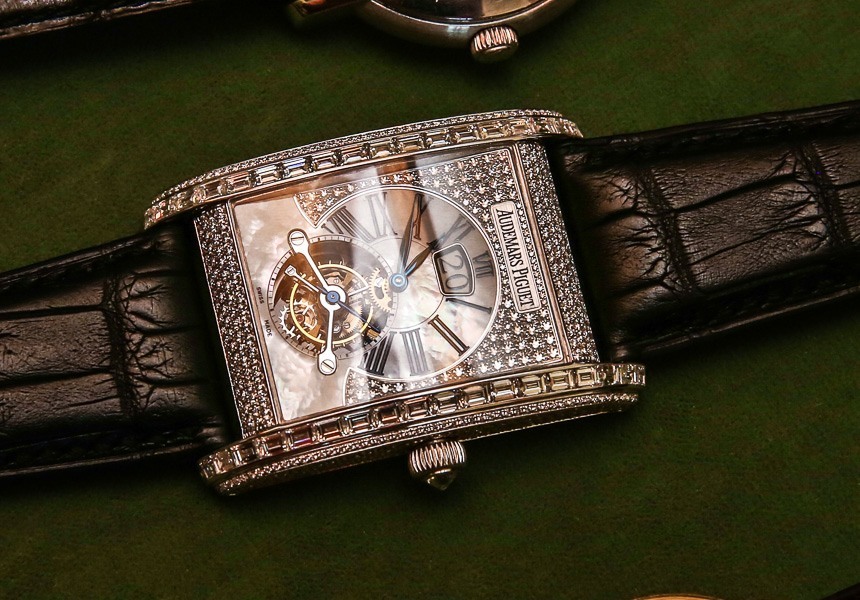
Economic Impact
The economic impact of the new regulation is unclear. According to Swisstime, “consumers are willing to pay up to 20% more for Swiss watches in general, and up to 50% more for certain mechanical watches” which could be interpreted as some flexibility on the customers’ side when it comes to paying a premium for a Swiss made product.
The thing is though this new regulation should mostly affect watch brands in the sub-$1,000 market where there has traditionally been more of a balancing game when it came to managing Swiss made and “overseas sourced” parts used to make up a watch. Thus far it had been entirely possible to produce a watch with an Asian case, dial, hands, crystals and strap, have the movement come from a Swiss supplier (or just modify an Asian movement with some Swiss parts in Switzerland) case said movement up and still get to put a Swiss Made stamp on the dial.
So, the new regulations will certainly go far in strengthening the Swiss brand and keeping the value of a “Swiss Made” watch high, but it will also drive out certain lower cost manufacturers from the country and may discourage entrepreneurs from starting watch companies in Switzerland as they will face a higher barrier to entry.
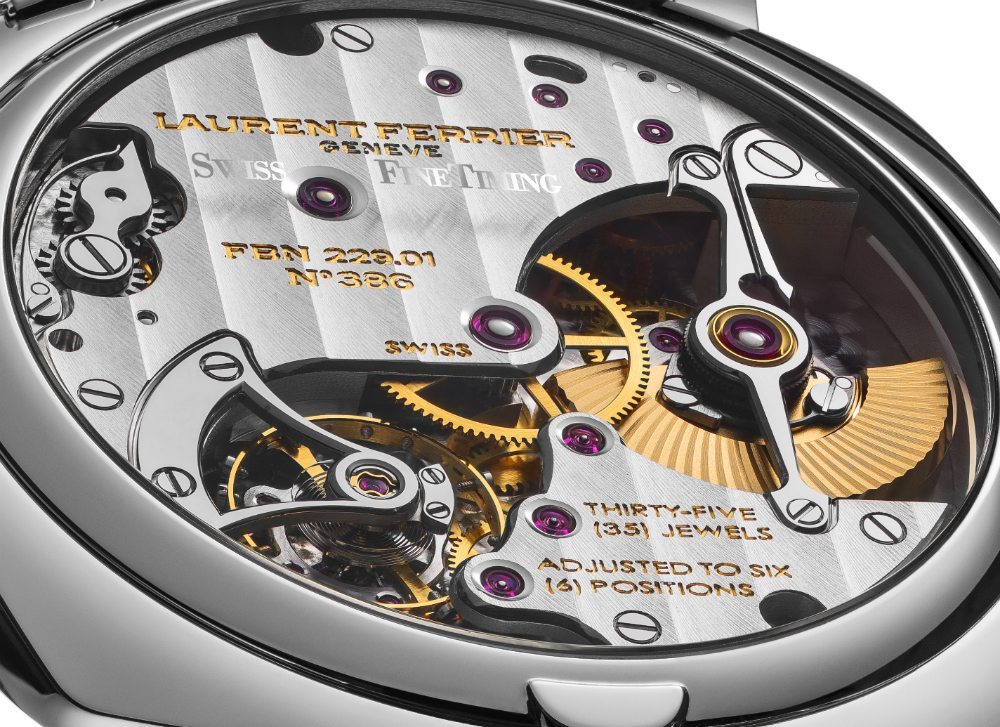
The new regulation could also mean that lower cost watch manufacturers will abandon the “Swiss Made” label entirely and instead opt for a cheaper movement paired with a higher advertising budget. The “Swiss Made” label is a stamp of authenticity (and, to some extent, of quality), but it is just one point in a sales pitch to consumers, not the entire value proposition of the watch.
Also consider that over time manufacturing standards and abilities will improve in countries where cheaper components are currently being made and you might in the foreseeable future have a situation where “imported” quality will be high enough in some cases to put up an honorable fight against products labeled as “Swiss Made.”
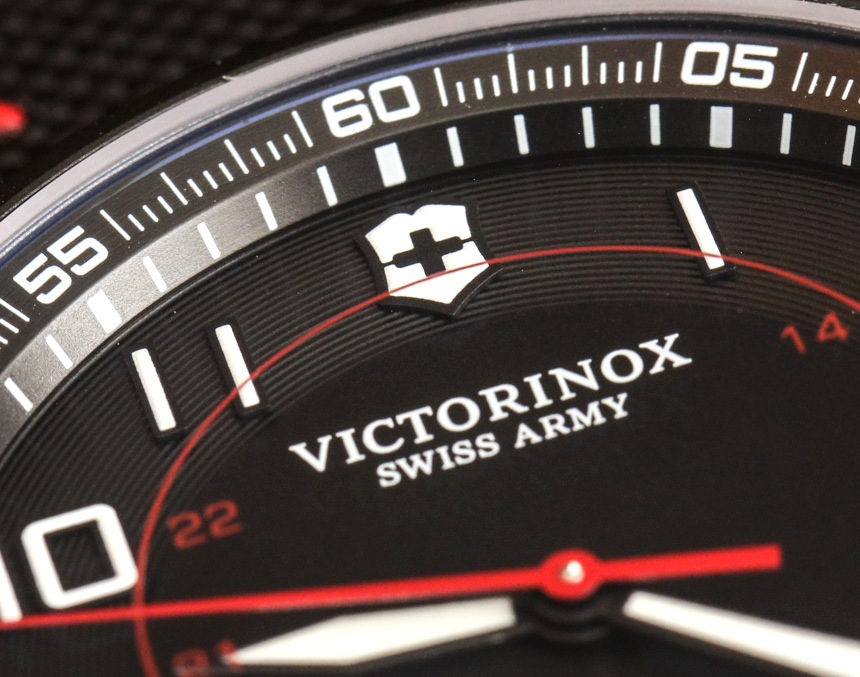
Personally, I would say it could have been interesting to see a grading system for the “Swiss Made” label. Watches that meet the current criteria could be “Swiss Made: Grade A” for example and those that meet the previous criteria could be “Swiss Made: Grade B,” with descending or ascending levels on either side. For collectors who care about the quality of the movement and sourcing of the materials, the information would be clearly listed and yet entrepreneurs would not be totally frozen out of the Swiss manufacturing market. This would prevent the “Swiss Made” stamp from being so binding while also giving consumers the information they desire about the manufacturing of the watch.
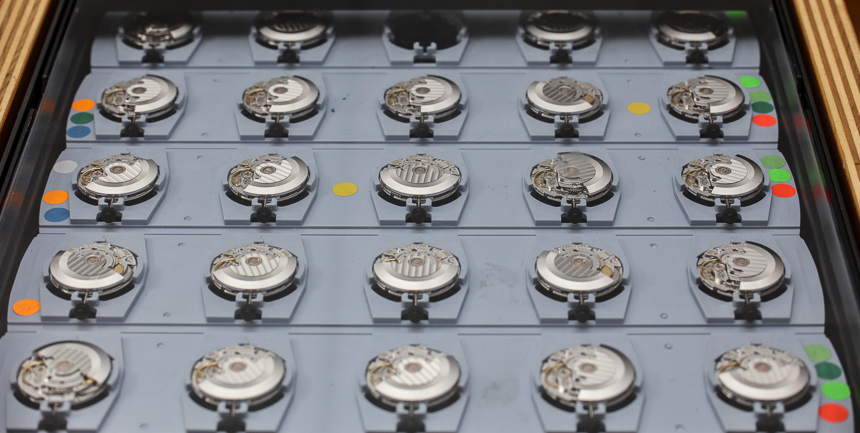
As Ariel discussed in an article he did for Forbes, the issues with Swiss luxury watch manufacturers are not that their reputations are being diminished by cheaper quality movements, but rather archaic business practices and outdated marketing. These new regulations to the “Swiss Made” tag will, in the short-term, force some of the manufacturers of more affordably priced watches out, but in the long-term may do little to address the issues that are at the root cause of the industry’s current slump. Perhaps this change in regulation will be the impetus for change, but only time will tell the true impact of this new regulation.
